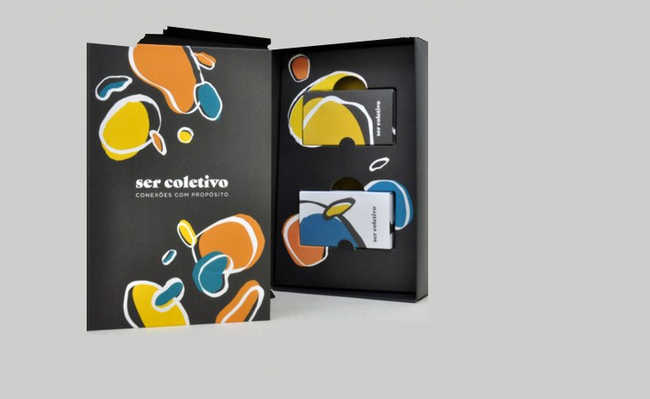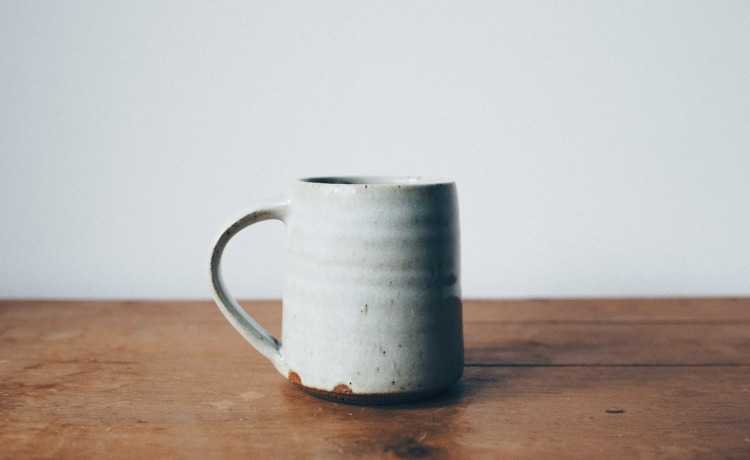Is Himalayan Salt Better Than Ordinary Salt?
Pink salt from the Himalayas has been gaining more and more space in kitchens around the world

Himalayan salt, also called Himalayan pink salt, is a type of salt found naturally in pink salmon color in regions near the Himalayas in Pakistan. It is known to be beneficial to health due to its mineral content. However, there is little research on the benefits of pink Himalayan salt, for this reason, some health professionals claim that it is a salt with overrated benefits. But what is evidence? Understand:
What is salt?
Salt is a mineral composed mainly of sodium chloride (98% by weight). It can be produced by evaporating salt water or extracting salt from underground mines. Before reaching the market, white table salt undergoes a refining process to remove impurities and any other minerals besides sodium chloride. Sometimes anti-caking agents are added to help absorb moisture, and iodine is included to prevent iodine deficiency in the population (which causes goiter).
Humans have used salt to flavor and preserve food for thousands of years. Interestingly, sodium also plays an important role in several biological functions, including fluid balance, nerve conduction and muscle contraction (see related studies: 1, 2, 3)
For this reason, it is absolutely necessary to have salt or sodium in the diet. However, many health professionals claim that too much sodium can lead to high blood pressure and heart disease. Because of the potential dangers of consuming too much table salt, many people have switched to Himalayan rose salt, believing it to be a healthier alternative.
What is Himalayan Pink Salt?
Himalayan pink salt is a pink salmon colored salt extracted from the Khewra salt mine located near the Himalayas in Pakistan. The Khewra Salt Mine is one of the largest and oldest salt mines in the world.
The Himalayan pink salt collected at this mine is believed to have been formed millions of years ago from the evaporation of ancient water bodies. It is hand extracted and minimally processed. It is unrefined, additive free and considered more natural than table salt. But like table salt, Himalayan salt is primarily made up of sodium chloride.
However, the extraction process allows the pink Himalayan salt to retain other minerals and trace elements that are not found in common table salt. It is estimated that Himalayan salt can contain up to 84 different minerals and trace elements. In fact, it is these same minerals, especially iron, that give it its characteristic pink color.
How is Himalayan salt used?
Pink salt from the Himalayas has many dietary and non-dietary uses.
In general, you can cook with pink Himalayan salt, as you would ordinary table salt. Put it in sauces and marinades or add it to your food at the dinner table.
Some people even use pink Himalayan salt as a cooking surface. Large blocks (boards) of salt can be purchased and used for grilling, burning, and giving a salty taste to vegetables and other foods. Pink salt is also found in the form of light fixtures. And it can be purchased finely ground like regular table salt, but it's not uncommon to also find coarse varieties sold in larger sizes of crystal, with coarse salt.
cooking considerations
Whenever you are measuring any type of salt by volume, it is important to consider the degree of grinding. It may be necessary to use larger amounts of coarse salt to get the same salinity as finely ground salt. This is because the units of finely ground salt are closer together than the units of coarse salt, so there is more salt in a specific volume of refined salt than in the same volume of coarse salt.
A teaspoon of any type of finely ground salt can contain about 2,300 mg of sodium, while a teaspoon of coarse salt varies with the size of the crystal, but can contain less than 2,000 mg of sodium.
Also, Himalayan salt contains slightly less sodium chloride than regular table salt, which you may need to take into account when cooking.
One possible disadvantage of Himalayan salt compared to common salt is its carbon footprint. Have you ever thought about how much carbon is emitted in transporting salt from the Himalayas to Brazil?
However, one study has shown that rock salts, such as pink salt, contain significantly less microplastic particles than sea salt. What could be an advantage. But studies have not yet been carried out attesting to whether this feature has effective benefits for the human body.
In addition, nutritionists say that the amount of Himalayan salt ingested daily should be limited to the same as the World Health Organization (WHO) recommends for white salt: five grams a day.
non-food uses
Himalayan salt is used in some bath salts, which some people use to improve skin conditions and soothe aching muscles.
Salt lamps are also often made with pink Himalayan salt, and are used to remove pollutants from the air. These lamps consist of large blocks of salt with an internal light source that heats the salt.
In addition, time spent in human-made salt caves formed from pink Himalayan salt is popular among people seeking to improve respiratory and skin problems. But scientific research on these topics is sparse.
Himalayan salt contains more minerals
Table salt and Himalayan salt mainly consist of sodium chloride, but Himalayan salt has up to 84 other minerals and trace elements. These include common minerals like potassium and calcium, as well as lesser known minerals like strontium and molybdenum.
One study looked at the mineral content of several types of salts, including pink Himalayan salt and common table salt. Below is a comparison of known minerals found in one gram of the two salts:
| Himalayan salt | Table salt | |
|---|---|---|
| Calcium (mg) | 1.6 | 0,4 |
| Potassium (mg) | 2.8 | 0,9 |
| Magnesium (mg) | 1.06 | 0,0139 |
| Iron (mg) | 0,0369 | 0,0101 |
| Sodium (mg) | 368 | 381 |
As you can see, table salt may have more sodium, but Himalayan salt contains more calcium, potassium, magnesium and iron (see study on this: 4).
However, the amount of these minerals in Himalayan pink salt is very small. It would take 1.7 kg of Himalayan salt to get the recommended daily amount of potassium, for example.
In most cases, the extra minerals in Himalayan salt are found in such small amounts that they are unlikely to provide any health benefits.
But does it have benefits?
Despite the fact that pink Himalayan salt contains only small amounts of additional minerals, many people still claim that it can provide several health benefits.
The truth is, most of these claims don't have any research to back them up.
Some statements about the benefits of Himalayan salt include:
- Improve respiratory diseases
- Balance the body's pH
- Reduce signs of aging
- Improve sleep quality
- regulate blood sugar
- increase libido
Some of the claims related to non-dietary uses of Himalayan pink salt may be loosely based on research. The use of salt chambers as a treatment for various lung diseases (halotherapy) has been evaluated in some studies. The results suggest that there may be some benefit, but, in general, more rigorous research is needed to investigate its effectiveness (see the related studies here: 5, 6, 7).
On the other hand, some of these health claims are actually just normal functions of sodium chloride in the body, you can get these benefits with any type of salt. One study concluded that diets low in salt can contribute to sleep problems.
This suggests that an adequate amount of salt may be needed for quality sleep. However, the study did not look specifically at Himalayan salt, which could mean that this effect is caused by sodium chloride.
Also, the minerals in Himalayan salt are not present in large enough amounts to affect the body's pH balance. The lungs and kidneys regulate the body's pH without the help of Himalayan salt.
Blood sugar levels, aging and libido are all mainly controlled by factors other than salt, and there are simply no scientific studies to suggest that eating pink Himalayan salt can benefit any of these aspects of health.
Likewise, there is no research comparing the health effects of Himalayan salt and common table salt. If the research existed, it is unlikely to find differences in their health effects.
For some time now, we have been bombarded with negative information about the use of salt, which is often even called poison. When consumed in excess, it can cause several diseases, such as hypertension and heart problems, in addition to problems such as fluid retention, stretch marks, cellulite, and also hinder muscle mass gain and calcium absorption by the body (interfering with the growth of children and teenagers), to learn more, access the article "Salt: uses, importance and risks".
Hence the growing search for healthier alternatives such as the use of Himalayan salt. But, in fact, the healthiest alternative is perhaps the consumption of any type of salt in moderation. In a world where people cook less and less and are bombarded with affordable manufactured options with little information on labels, it's difficult to control your intake of sodium and other harmful substances. The best way out is to avoid processed foods. Learn more in the article: "What are fresh, processed and ultra-processed foods".










